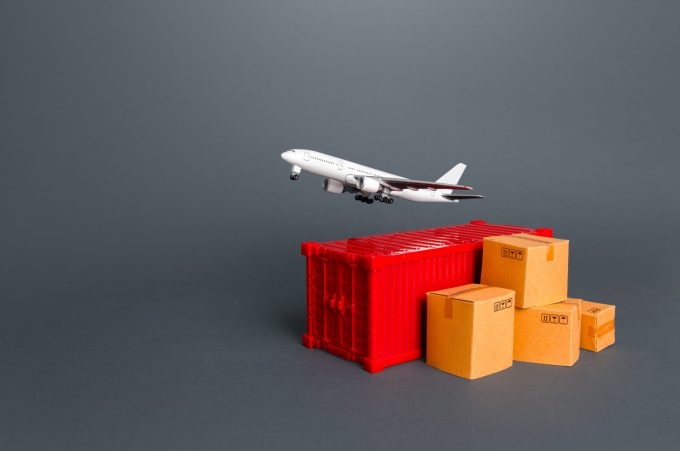New ecommerce flight from China into Prestwick could boost Scottish exports
Ecommerce into the UK from China has found a faster and more efficient route: via ...

The Red Sea crisis and looming Chinese New Year pushed airfreight volumes to a steady take-off in January, but average rates have declined.
Recent analysis by Xeneta shows global air cargo volumes rose by “a surprise” 10% year on year last month.
Fourkites told The Loadstar ...
Keep our news independent, by supporting The Loadstar
Four crew members still missing as Wan Hai 503 continues to burn
Explosions and 'out-of-control' fire reported on Wan Hai box ship
Carrier price hikes hold, driving spot rates higher as space gets scarcer
Predatory rivals circle as the ripples from DSV's Schenker buy widen
MSC Elsa crew face criminal probe, as Wan Hai 503 firefighters battle on
Transpacific rates ease as capacity boost proves too much for trades to digest
'It's driving us mad', say forwarders as US court fails to end tariff turmoil

Comment on this article